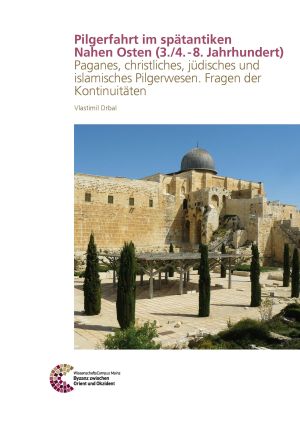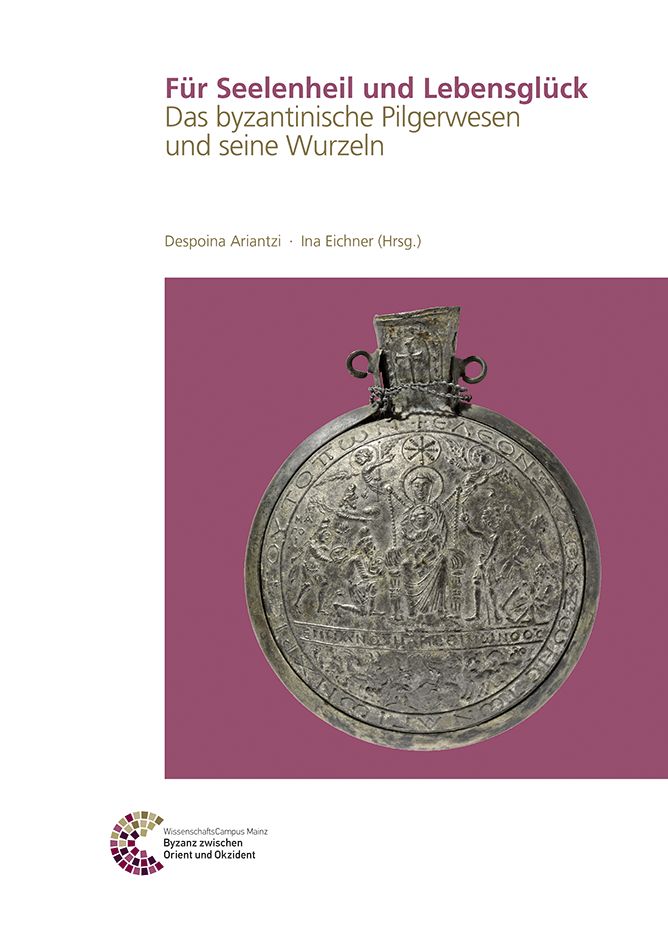Drbal, Vlastimil
Pilgerfahrt im spätantiken Nahen Osten (3./4. - 8. Jahrhundert): Paganes, christliches, jüdisches und islamisches Pilgerwesen. Fragen der Kontinuitäten
The phenomenon of Late Antique pilgrimage in the Middle East is often equated with the emergence of Christian pilgrimage. But the Christian practice of pilgrimage was only one - albeit significant - part of the Middle Eastern pilgrimage tradition. It competed for importance with the older traditions of Jewish pilgrimage in Palestine and pagan pilgrimage in Pharaonic Egypt on the one hand, and with early Islamic pilgrimage, which was also particularly focussed on Jerusalem, on the other. These varied pilgrim traditions, which can be observed concurrently in a single location (especially in Jerusalem, but also in many smaller pilgrim centres) are the central focus of this investigation.
Für Seelenheil und Lebensglück: Das byzantinische Pilgerwesen und seine Wurzeln
The final international conference of the project "For Salvation and Happiness: Byzantine Pilgrimage and its Roots", held in December 2015, gathered scholars from the disciplines of archaeology, Byzantine studies, art history, historical sciences, religious history, epigraphy and historical geography, who addressed the phenomenon of pilgrimage in the Byzantine Empire. The contributions consider the connections of Byzantine pilgrimage to pagan and Jewish pilgrimage. Above all, they present and discuss the practice of pilgrimage between "cult and commerce" in the sacral-topographical and landscape context of individual regions and locations in the Byzantine Empire from Egypt to Bulgaria and from southern Italy to the Holy Land.








